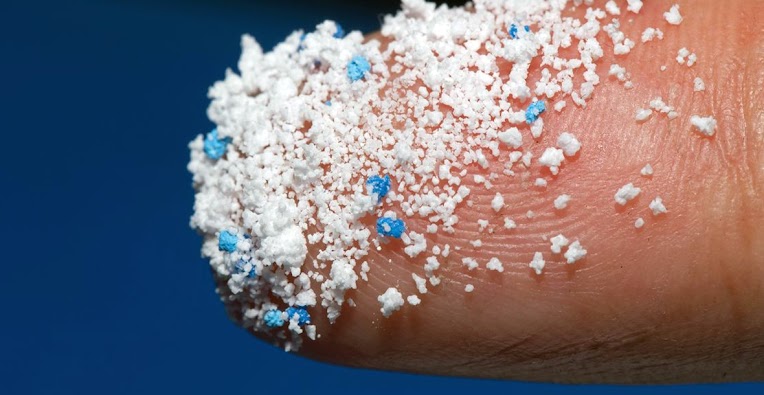 |
| Plastic found in human lung |
For the first time, researchers claim to have discovered microplastics tiny pieces of plastic trash that originate from the dumping of industrial waste deep in the lungs of living humans.
The experiment, which was done at Hull York Medical School in England and published in the journal Science of the Total Environment, is the first to uncover plastics in living people's lungs. Plastics have already been discovered in human blood, feces, and ocean depths.
Dr. Laura Sadofsky, a senior lecturer in respiratory medicine and the paper's main author, said, "Microplastics have previously been discovered in human corpse autopsy samples."
"We didn't expect to see the biggest amount of particles or particles of the sizes we found in the lower parts of the lungs," Sadofsky said.
"This is surprising because the airways in the lower portions of the lungs are smaller, and we would anticipate particles of this size to be filtered out or caught before getting this deep into the lungs," Sadofsky explained.
Researchers took lung tissue from patients who had surgical procedures as part of their regular medical care for the study.
Is it possible to detect microplastic pollution in the lungs?
Microplastics are typically found in bottles, packaging, clothing, and twine, as well as other production processes, according to the researchers. Polyethylene, nylon, and resins were among the microplastics.
For the first time, microplastic contamination has been identified deep within the lungs of living people. Almost 80% of the samples examined included the particles.
The study expresses "growing concern" about the dangers of consuming and breathing microplastics.
What impact do microplastics have on the environment?
Microplastics pollute the entire world, from the pinnacle of Mount Everest to the deepest oceans, due to massive volumes of plastic trash deposited in the environment. Microplastics have been identified in pregnant women's placentas, and they travel quickly through the lungs into the fetuses' hearts, brains, and other organs in pregnant rats.









0 Comments
please do not enter any spam link in the comment box